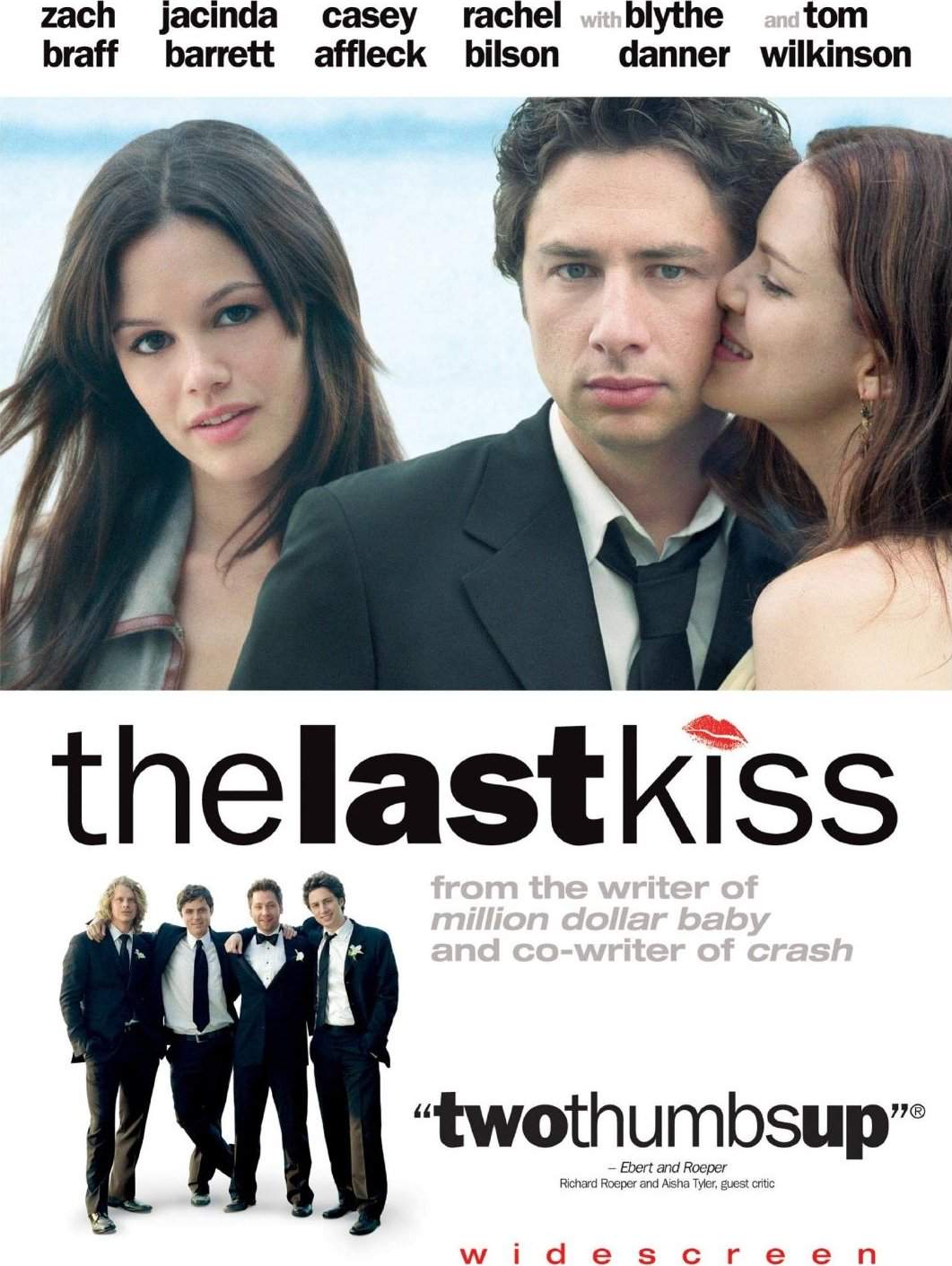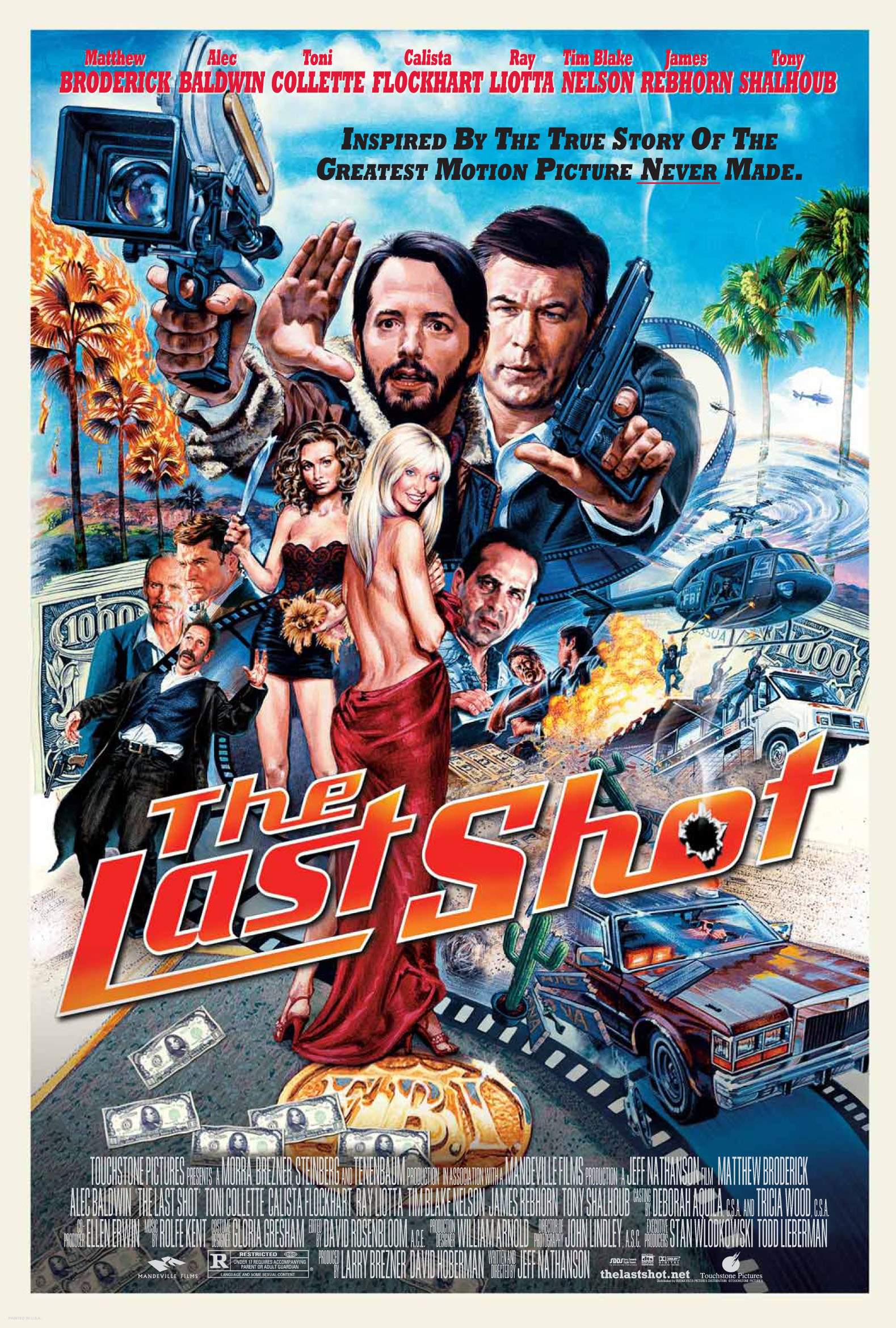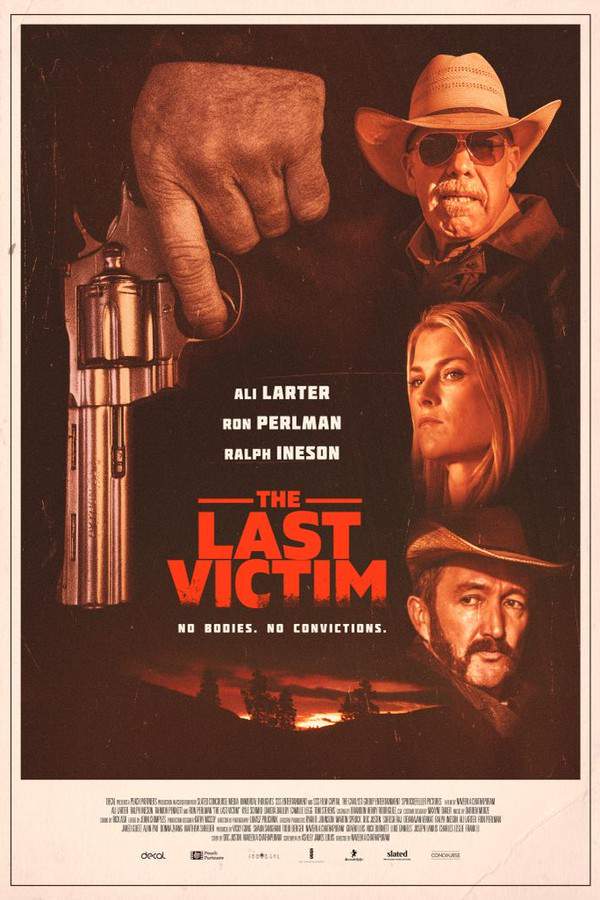
The Last Supper
Year: 1995
Runtime: 92 mins
Language: English
Director: Stacy Title
Love, sex, life and death circle a house where every desire is laid bare. A group of idealistic yet frustrated liberals, tired of their impotence, plot to murder right‑wing pundits whose views they despise, revealing how political zeal can blur the line between conviction and murder.
Warning: spoilers below!
Haven’t seen The Last Supper yet? This summary contains major spoilers. Bookmark the page, watch the movie, and come back for the full breakdown. If you're ready, scroll on and relive the story!
The Last Supper (1995) – Full Plot Summary & Ending Explained
Read the complete plot breakdown of The Last Supper (1995), including all key story events, major twists, and the ending explained in detail. Discover what really happened—and what it all means.
The five grad students Jude [Cameron Diaz], Pete [Ron Eldard], Paulie [Annabeth Gish], Marc [Jonathan Penner], and Luke [Courtney B. Vance] live together in a house in Iowa, each pursuing distinct fields: Jude studies psychology, Pete is a law student from a wealthy family, Paulie works in social studies, Marc is an aspiring painter, and Luke is completing a doctorate in political science. After Bill Paxton as Zack, a Desert Storm veteran and truck driver, helps move Pete’s car, the group invites him to dinner at their home. Zack’s presence quickly unsettles the evening as he reveals raw bigotry, xenophobia, and Holocaust-denying sentiments, praising Adolf Hitler and sparking a tense political debate with the liberal-leaning students.
The argument grows dangerous as Zack’s temper erupts: he menaces Marc with a knife, threatening to kill him and rape Paulie. Zack releases Marc, and Pete responds by grabbing a knife himself, only to be easily incapacitated and have his arm broken. After Zack finally lets Pete go, Marc fatally stabs Zack in the back, and the group agrees to cover up the murder. Paulie laments that Zack is dead even though he had threatened her, and the night spirals into a brutal witness to the fragility of moral boundaries.
From that moment, the students rationalize a chilling plan: they will invite other conservatives to dinner with the aim of murdering them if they refuse to recant their beliefs. They formalize a procedure for each guest. The guest is given every chance to reconsider his or her stance; if recantation fails by dessert, the guest is served poisoned wine from a distinctive blue decanter and toasts are made. The bodies are buried in the vegetable garden, a seemingly clean solution to an escalating problem. The guests range from a homophobic protestant reverend to a misogynistic rape apologist, a Neo-Nazi, an anti-environmentalist, a racist, anti-Semitic Nation of Islam adherent, an anti-abortion activist, a censorship advocate, and a man who beats homeless people. Some of these grim figures are represented on screen by actors like Charles Durning as Reverend Gerald Hutchens, Jason Alexander as Anti-Enviroment, Warren Hutcherson as Nation Man, Rachel Chagall as Abortion Activist, and Nicholas Sadler as Homeless Basher. The group’s escalating violence begins to fracture their previously close, collegiate bonds as infighting and guilt take hold.
As misgivings surface, a few members grow hesitant about the justification for murder, and they spare a teenage opponent of mandatory sex education, despite Luke and Pete’s protests. The escalating tension is interrupted by Sheriff Alice Stanley, Nora Dunn, who investigates the disappearance of Jenny Tyler, a case that balloons into suspicion around the dinner guests themselves. Jenny Tyler, Elisabeth Moss, becomes a focal point as the sheriff questions Pete, Marc, and Paulie, and she ultimately trespasses into the students’ backyard, prompting Luke’s increasingly unhinged descent to violence, culminating in the sheriff’s murder at his hands.
During a school break, Luke and Pete cross paths with the famous conservative pundit Norman Arbuthnot, a recurring television presence, and Ron Perlman is brought into the story as the formidable figure who runs into their circle. The two friends invite him to dinner, hoping to unmask him in a debate. Norman’s calm, persuasive style unsettles the group; his measured arguments challenge their usual talking points, and he candidly admits that he sometimes adopts more extreme views merely for attention. The five students retreat to the kitchen to determine Norman’s fate, and during the exchange Jude warns that the wine in the blue decanter has gone bad. In a tense moment, Luke contends with Norman, but is ultimately dissuaded from violence and breaks down into tears.
In the dining room, Norman studies the home and the group’s recent murders with a calculating eye. He refuses to drink, but offers a toast to “the people’s will” while displaying a casual confidence in his own self-control. The scene culminates in a stark, cruel irony: Norman does not drink the wine, and the film’s final image lingers on a painting of the five students collapsed on the floor, with Norman standing beside the blue bottle, cigar in hand. The closing audio follows Norman’s speculative talk of a possible presidential bid, suggesting a chilling optimism about wielding power to shape society, and leaving viewers with a final, unsettling question about where ideological extremism can lead when confronted with indifference or rationalization. > Dont worry, I didn’t pour any of the bad wine.
Last Updated: October 09, 2025 at 11:28
Unlock the Full Story of The Last Supper
Don't stop at just watching — explore The Last Supper in full detail. From the complete plot summary and scene-by-scene timeline to character breakdowns, thematic analysis, and a deep dive into the ending — every page helps you truly understand what The Last Supper is all about. Plus, discover what's next after the movie.
The Last Supper Timeline
Track the full timeline of The Last Supper with every major event arranged chronologically. Perfect for decoding non-linear storytelling, flashbacks, or parallel narratives with a clear scene-by-scene breakdown.

Characters, Settings & Themes in The Last Supper
Discover the characters, locations, and core themes that shape The Last Supper. Get insights into symbolic elements, setting significance, and deeper narrative meaning — ideal for thematic analysis and movie breakdowns.

Similar Movies to The Last Supper
Discover movies like The Last Supper that share similar genres, themes, and storytelling elements. Whether you’re drawn to the atmosphere, character arcs, or plot structure, these curated recommendations will help you explore more films you’ll love.
Explore More About Movie The Last Supper
The Last Supper (1995) Scene-by-Scene Movie Timeline
The Last Supper (1995) Movie Characters, Themes & Settings
The Last Supper (1995) Spoiler-Free Summary & Key Flow
Movies Like The Last Supper – Similar Titles You’ll Enjoy
The Last Laugh (2019) Detailed Story Recap
The Dinner (2017) Story Summary & Characters
The Last Kiss (2006) Full Summary & Key Details
The Last Shot (2004) Film Overview & Timeline
The Last Victim (2022) Complete Plot Breakdown
Last Meal (2018) Full Summary & Key Details
The Last Supper (2002) Plot Summary & Ending Explained
Last Supper (2018) Plot Summary & Ending Explained
The Last Night (1982) Ending Explained & Film Insights
The Last of Sheila (1973) Complete Plot Breakdown
Last Supper (1992) Full Summary & Key Details
The Last Word (2008) Full Movie Breakdown
The Last Supper (1976) Full Summary & Key Details
The Last Deadly Mission (2008) Ending Explained & Film Insights
Who Is Killing the Great Chefs of Europe? (1978) Full Movie Breakdown

















